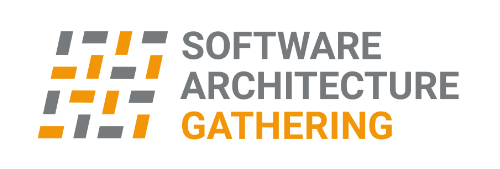Residuality Theory
by Barry O’Reilly
Residuality theory is a revolutionary new theory of software design that aims to make it easier to design software systems for complex business environments. Residuality theory models software systems as interconnected residues – an alternative to component and process modeling that uses applied complexity science to make managing uncertainty a fundamental part of the design process.
## This is what you will learn
This workshop teaches advanced, cutting-edge techniques based on ongoing research that are designed to identify and decrease risk, improve confidence in decision making, and protect your architecture when the domain is characterized by uncertainty – presenting an entirely new way of thinking about software architecture.
The workshop introduces ideas on the philosophy of architecture, forcing participants to think outside of the technology and relate decision making to markets, culture, economic and societal concerns. It teaches practical techniques in stressor analysis and the use of matrices to make component decisions and gives participants the chance to work with these techniques in labs and groups.
## Target Audience
This workshop is suitable for senior developers who want a head start into the world of architecture, for teams embarking on large, risk-filled projects, and for seasoned architects seeking new techniques. It has also been successful in uniting teams around a common definition of architecture.
## Agenda
– Philosophy of Architecture
– Concrete Complexity for Software Engineering
– Residuality Theory
– Modelling stress: socio-economic architecture
– Defining residues
– Surviving unknown unknowns
– Producing a real-world architecture.
– Contagion analysis and component decisions
– Incidence matrix techniques
